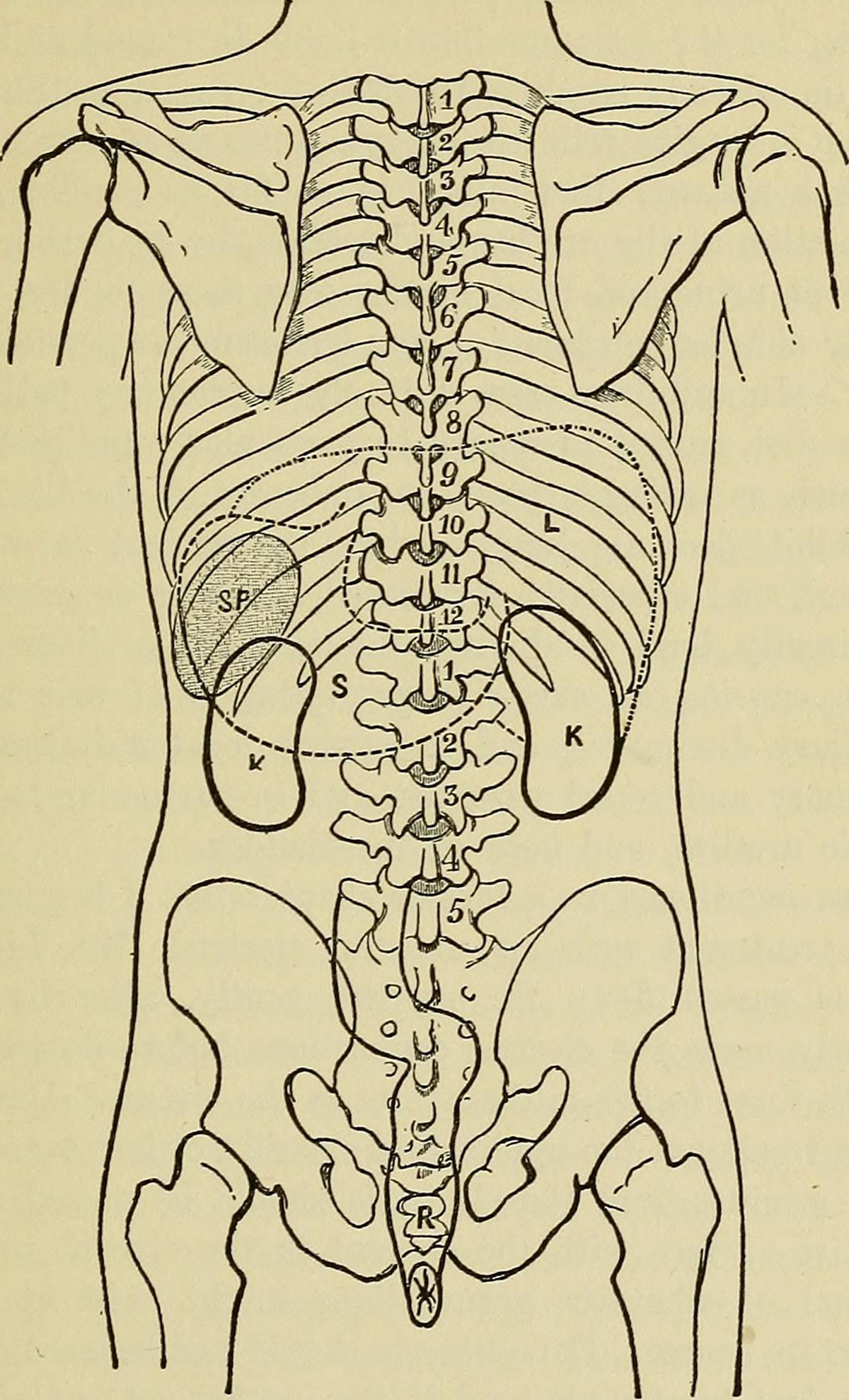
Introduction and General Data
Myasthenia gravis is an autoimmune disease that features with weakness of muscles. The basic problem lies in the improper neurotransmission. Every muscle that is under voluntary control can be affected. Still the disease most commonly affect eye muscles, facial muscles that are in charge with chewing and those that help in swallowing. In general, myasthenia gravis is progressive disease with periods of remission.
There are several treatment modalities that are used in case of myasthenia gravis. The basic treatment starts with medications. Still if drugs do not help a patient undergoes specific surgical procedure. Thymectomy or excision and removal of the thymus gland are performed. This is done as there is connection between the symptoms of the disease and this gland. Namely thymus gland is active in infancy and childhood and its function deteriorates as a child grows. However, in some patients who are suffering from myasthenia gravis this gland continues working. Even tumors of this gland called thymomas may be responsible for the symptoms and signs of the disease.
Thymectomy
The doctors are not sure why this surgical procedure is so effective in treatment of myasthenia gravis. Still, the majority of patients that have been operated report less intensive symptoms and the chance of total remission is drastically increased.
There are more than a few surgical approaches in removal of thymus gland. Full sternotomy includes the incision of the breastbone. This way the surgeon easily reaches thymus gland and removes it. This approach is suitable as the surgeon has clear view of what is going on in the area where thymus gland is located. In partial sternotomy only one part of the breastbone is removed and the thymus gland is resected. Thoracoscopic thymectomy is not as invasive as previous two operations. In this surgical approach the surgeon makes small incisions usually not longer than 3/4 inch. Surgical instruments and a tiny telescope are placed through the incision lines and the gland is removed. Thanks to small incisions scars are almost completely invisible. And finally, transcervical approach represents the least invasive surgical approach. The incisions are here made on the neck. The scope helps in visualization of the surgical field and the gland is resected. This approach is also the most convenient for patients since the recovery time is not long and the postoperative pain is not as intensive as in other approaches.
During the hospitalization the patient is monitored by both, a surgeon and a neurologist. The neurologist is in charge with the basic therapy of the disease. The patient leaves the hospital three days after the surgery unless a flare-up occurs.
The thymus is send to pathohystological examination.
In case of full sternotomy the whole recovery time takes about three months. In transcervical approach the patient fully recovers in two weeks.


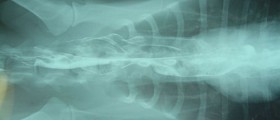

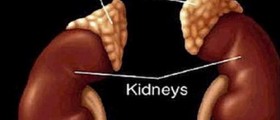


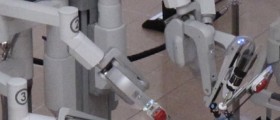







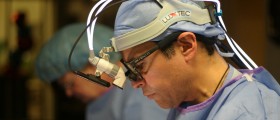

Your thoughts on this
Loading...